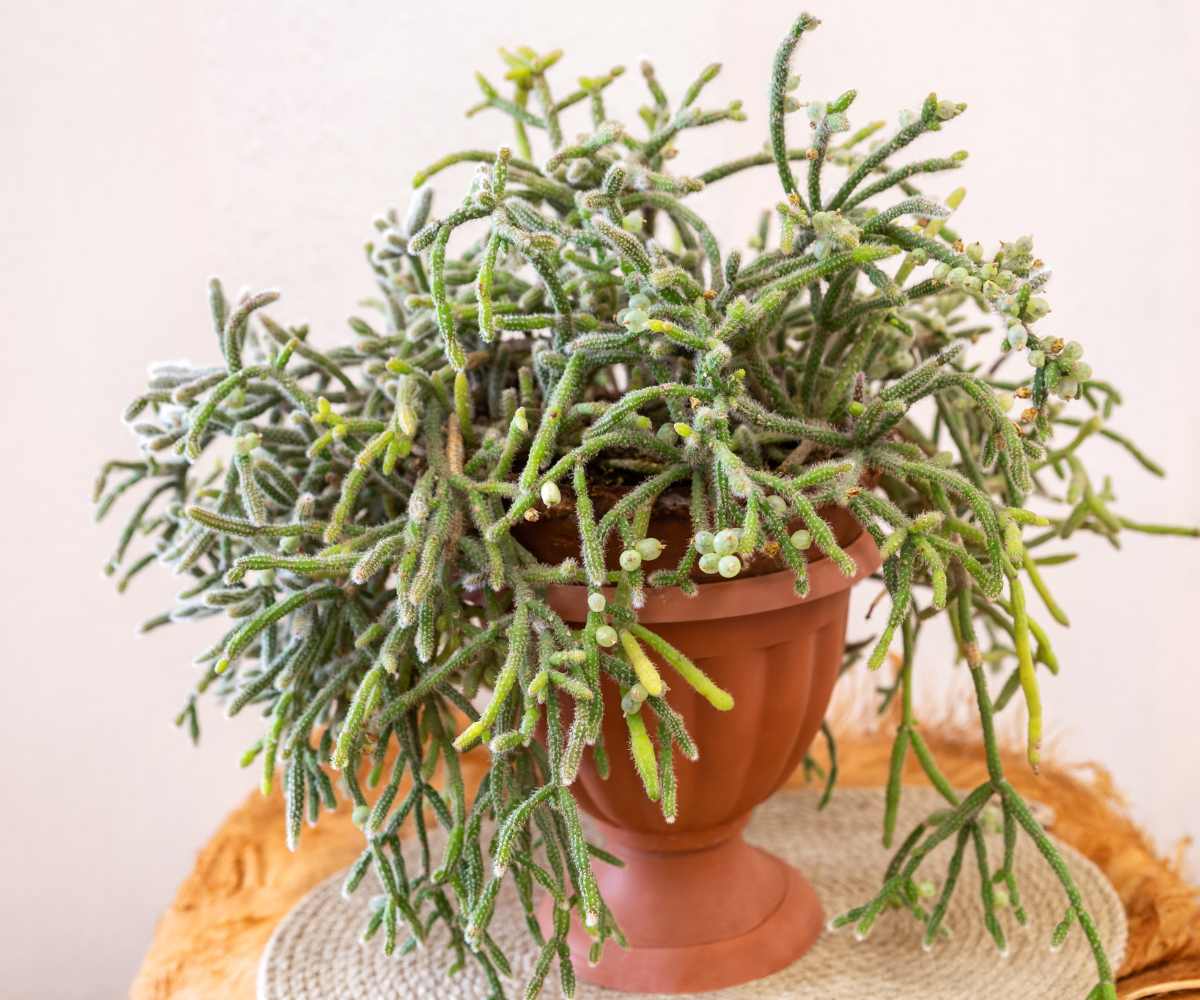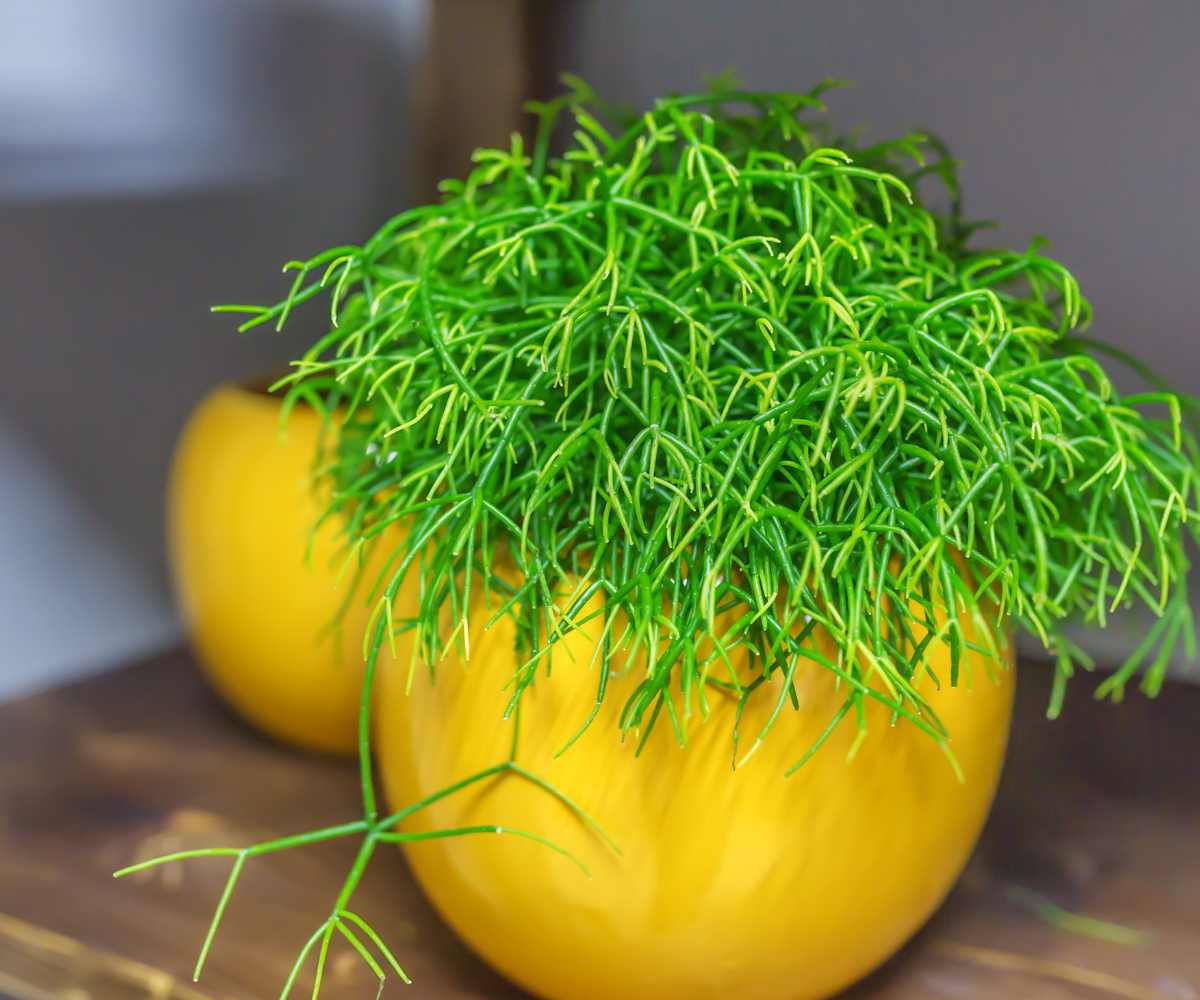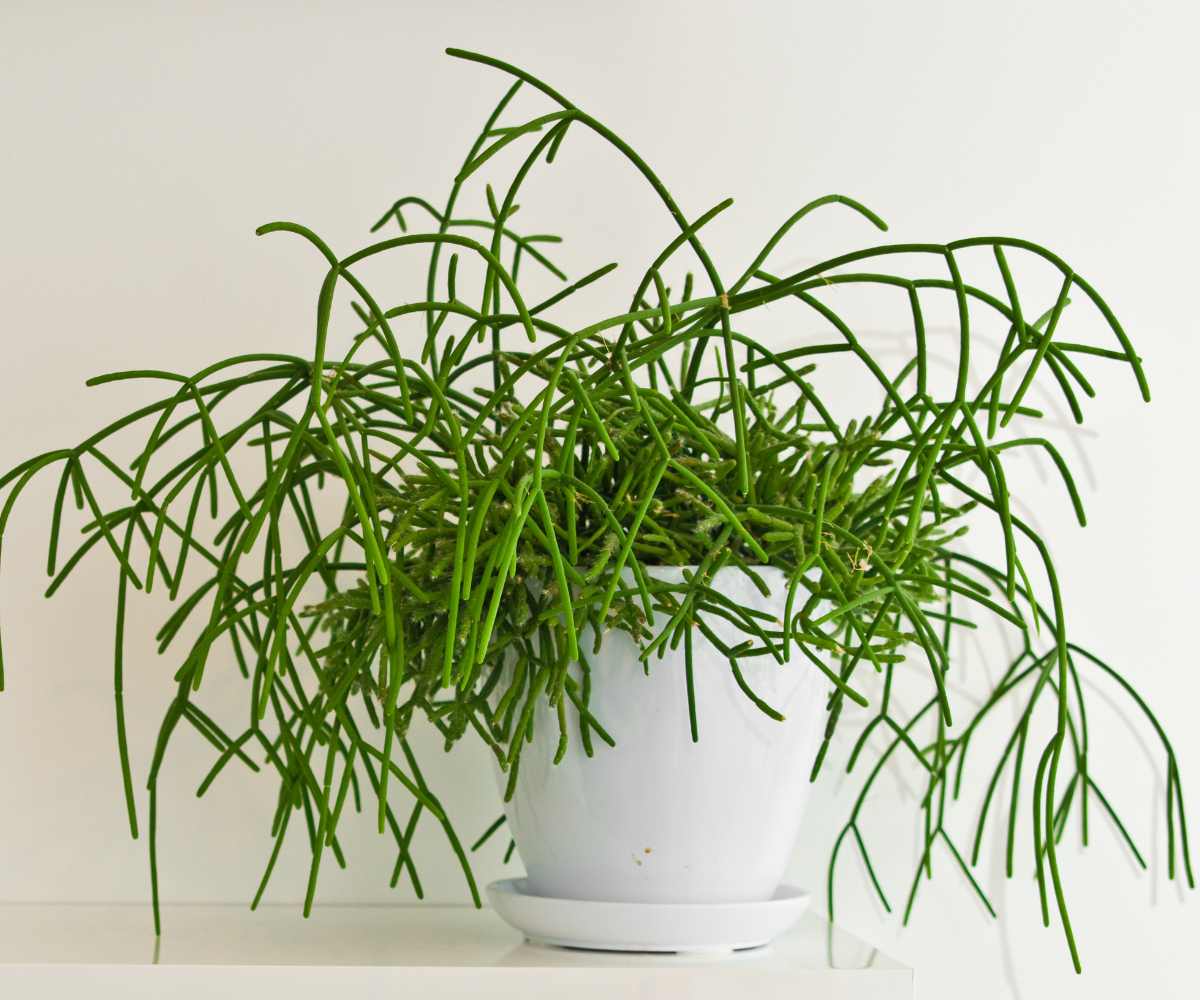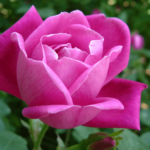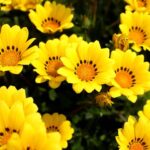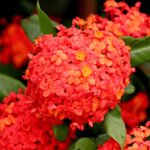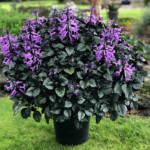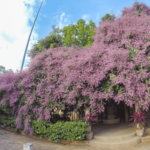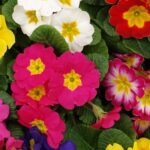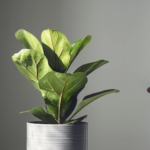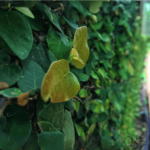A Rhipsalis (or Ripsalis), a plant that belongs to the Cactaceae family, can be a great choice for decorating your home or garden.
It is found in various parts of the world, being native to regions ranging from Florida to Argentina, as well as other places like countries in Africa and Tropical Asia.
In this article, you will learn about its main characteristics, curiosities, and how to cultivate this plant (besides seeing beautiful photos).
So, keep reading.
Characteristics and Curiosities about Rhipsalis
Rhipsalis is a plant that catches the eye, with its green branches that range from light green to dark green.
Its main branches can reach up to 2.5 meters (8.2 feet) in length, while the secondary ones, which emerge from bifurcations, can grow up to 1 meter (3.3 feet) in length.
This unique structure allows the plant to form visually impressive green cascades.
During late winter and early spring, small whitish flowers appear along the branches.
Rhipsalis is also known as “spaghetti cactus” due to its elongated and hanging appearance. In its natural habitat, it is often found on old trees, even in urban areas.
This makes it an excellent choice for compositions with orchids, bromeliads, and ferns.
An important aspect to consider is the toxicity of Rhipsalis, which should be kept out of reach of children and pets to avoid accidents.
Rhipsalis also attracts attention for its juicy fruits that resemble small berries and range in color from black to white and pink.
Ideal Climate
Rhipsalis is a plant that will thrive in well-lit and airy places, but it should be grown in partial shade, diffused light, or shade, as long as it is well-lit.
Avoid direct sun exposure during the hottest hours of the day, between 10 a.m. and 5 p.m., to prevent damage.
Maintaining humidity around 60-70% will help prevent the plant from becoming dehydrated or developing dry spots.
Ideal Soil
A mixture that can work well is:
- 60% vermiculite
- 20% coconut fiber or peat
- 20% sandy soil and a small amount of organic soil
Adding vermiculite improves air and water permeability, ensuring that the Rhipsalis roots, which are sensitive to oxygen deficiency, can breathe properly.
It is important to check the soil permeability annually and loosen it to ensure that air and moisture reach the roots efficiently.
How to Water
Rhipsalis should be watered moderately.
It is crucial to ensure that the soil is completely dry before watering again. Well-drained soil is essential to prevent water accumulation in the roots, which can lead to rotting.
Water slowly, early in the morning or late in the afternoon.
Fertilization
Organic fertilizers such as worm humus or compost are great options to provide nutrients for your Rhipsalis.
Usually, these fertilizers should be applied every two months during the growing season (spring, summer, and fall). During winter, fertilization is not necessary.
Another option is liquid fertilizers, which can be applied once a month during the growing seasons.
Where to Place Rhipsalis
You can place your Rhipsalis in:
- Tree Trunks: in nature, Rhipsalis is commonly found on tree trunks.
- Pots: choose pots of adequate size, preferably with drainage holes, to prevent water accumulation. Hanging pots are an excellent choice as they allow the plant’s hanging branches to grow freely, creating a charming visual effect.
Conclusion
This was our complete guide on Rhipsalis; by following these steps, you will be able to keep your plant beautiful and healthy for a long time.
If you want to learn more about it, below are some videos that might help you.
And, if you want to discover other plant options for your garden, here are some great recommendations:
- Ranunculus: How to Grow and Care (With Photos)
- How to Grow and Care for Primrose Easily (Primula)
- Watermelon Peperomia: How to Grow and Care Easily
- Manacá: How to Care and Make Seedlings (With Photos)
- Discover 7 Beautiful Flowering Plants That Are Easy to Grow
Leave your comment below and also share this text, because it helps us a lot 😀

